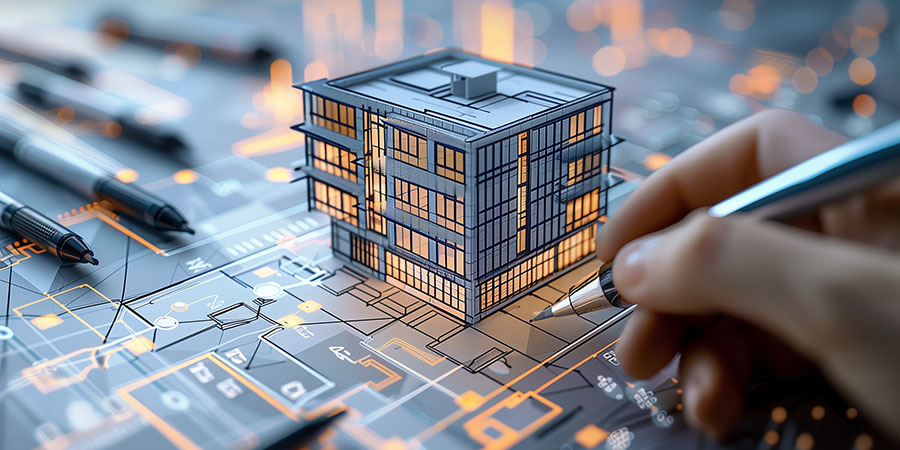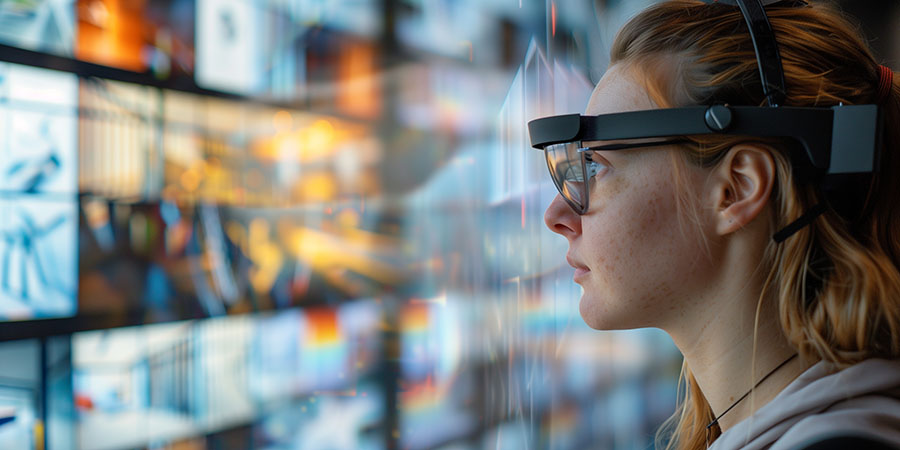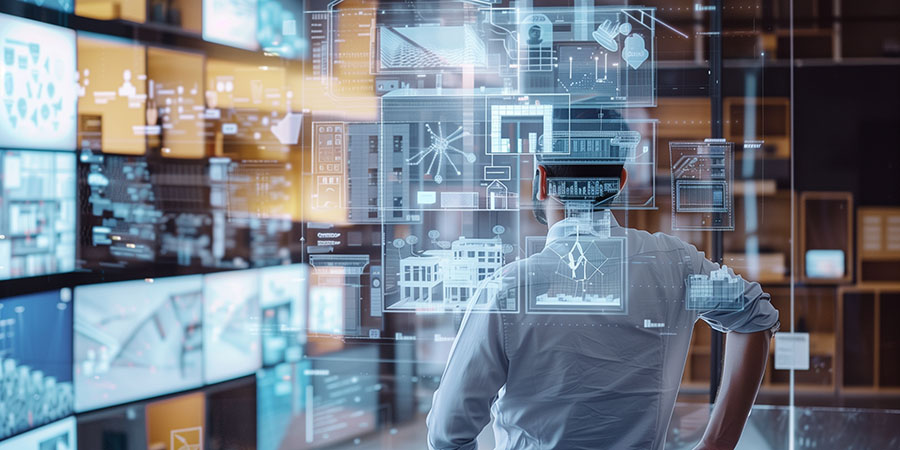Bridging Minds and Machines
Understanding the fusion of artistry and AI in architecture
For centuries, architectural drawings have served as a visceral bridge between the conceptual and the tangible, uniquely embodying both technical and artistic layers. As discussed in my book Drawing Attention: Architecture in the Age of Social Media, the 1970s, a decade marked by economic turmoil and shifting paradigms, particularly underscored the significant role of these drawings. Renowned architects of the era turned to artistry, not merely as a means of survival but as an opportunity to tell the world about their spatial fantasies and visions, thus altering public perception and elevating architectural drawings to the esteemed realm of visual art. Seminal works such as Five Architects and groundbreaking exhibitions curated by influential figures like Arthur Drexler and Leo Castelli catalyzed a renaissance of architectural drawings. This movement heralded a new era where drawings were not only appreciated for their aesthetic value but also revered as powerful conduits of intellectual expression, blending the realms of art and architecture in unprecedented ways.

Bridging the mind-machine design interface. Prompted by Hamza Shaikh with Midjourney
Parallel to this historical evolution, the digital revolution ushered in the “Internet of Things,” which further complicated the discourse surrounding architectural drawings. The burgeoning demand for modernism’s efficiencies was lovingly embraced thanks to new software and the proliferation of digital tools. Thus, the digital dimension raised poignant questions about the future of architectural drawing as an art form and influencing force in pedagogy and practice. However, the digital age also unveiled unprecedented opportunities for innovation and collaboration, propelling the architectural industry into uncharted territories of creativity and efficiency, where the boundaries of imagination were constantly being expanded. It is likely that this experimental culture in drawing facilitated by rapid technological evolution contributed to the waves of avant-garde buildings and thinking.
In this context, the integration of Artificial Intelligence (AI) into architectural practices represents a pivotal juncture in this ongoing narrative of evolution. Generative AI has emerged as a transformative force, drastically shortening the gap between the mind and the machine. At best, for the creative industries, this technological advancement enables designers to intricately weave the essence of craft and human-centric design processes into AI-driven tools and workflows, fostering a new breed of practice.

Bridging the mind-machine design interface. Prompted by Hamza Shaikh with Midjourney
However, the democratization of these tools and the widespread accessibility of AI technology also introduce significant challenges. Notably, there is the potential devaluation of creative work in a market increasingly driven by efficiency and cost cutting, which AI will only exacerbate. To navigate this evolving landscape, architectural firms are compelled to redefine their value propositions. Although it’s not clear how practices will evolve, those leaning more heavily toward the role of artists would need to create new supercharged creative outputs—multimodal and multisensory—driven by human craft in ways that only the AI enables. This would help them compete in an increasingly competitive marketplace. Whereas those leaning towards logistical intelligence and efficiency may focus on developing the most powerful datasets and unique AI-powered tools that distinguish them as hyperintelligent hubs for problem solving. Whatever the combination of these approaches, for future practice, it is clear to me that AI will impact all aspects of the design process. This opens up vastly diverse opportunities for rethinking the roles of architects and designers in society.

Bridging the mind-machine design interface. Prompted by Hamza Shaikh with Midjourney
In my book Drawing Attention I also made the case that social media was extremely beneficial for catalyzing innovation, creating a global stage for architectural discourse and in turn increasing our value proposition from an individual to organizational level. The instant sharing and visibility of ideas and projects fosters a digital culture of continuous innovation from inexperienced graduates to the biggest companies in the world. Now, in the generative AI boom and with this new renaissance of architectural researchers, practitioners, students, and enthusiasts sharing their development of novel AI applications and AI-powered creative outcomes, our place as innovators on the world stage will continue to grow.
As we stand at the crossroads of history and the new digital paradigms of our future, I believe creative production will see a seismic shift towards to new human-driven AI workflows or semi-automation, perhaps creating a different understanding of craft itself. In this burgeoning era, the distinction between human work and automation will become increasingly blurred, springing forth the full spectrum of mind-machine ingenuity for the creative industries at large. This symbiosis between human creativity and technological advancement, where intangible ideas seamlessly become tangible constructs, heralds a future where the architectural industry not only navigates the challenges of the creative AI age, but potentially leads it.
Main image: Flexible Ideation, sketch-to-render and the iterative potential of AI artistry. Image © Hamza Shaikh
Video: Vanishing Points: The Socio-Digital Era of Architecture, Hamza Shaikh. With the collaboration of the Drawing Matter Archive and Roca London Gallery. A film by Khizr Studio
